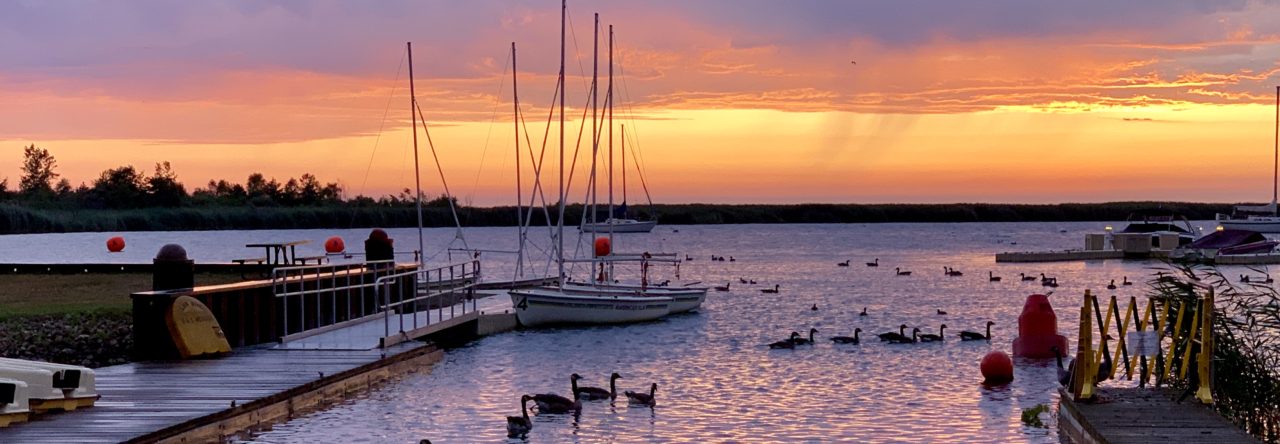Recently, I learned about a New Years Japanese tradition. On the 2nd of January it is a tradition to visit temples in a local area that are participating in the Seven Lucky Gods pilgrimage. I discussed the meaning of the Seven Lucky Gods in an earlier post and incorporate more information I have learned throughout this post. The 2nd of January is the only day for this specific pilgrimage at the designated temples and thus results in chaos as locals and tourists alike are busy going to and fro to collect their Temple stamps or Goshuin and Seven Lucky Gods figurines. Further research on the subject enabled me to find a Seven Lucky Gods of Japan pilgrimage in Tokyo that is available year round.
Dave was my pilgrimage partner and he was a good sport! The information I collected described the route to take about two hours, cover six miles and include six temples. Six temples? It’s Seven Gods – why only six temples? At the third temple, the pilgrimager collects two Gods. This journey involved 8 trains total and took about an hour each direction. Pretty breezy, actually. I’m not sure if you can tell, but we are on the south side of Tokyo.
Our first stop was at the Kakurinji Temple. The Kakurinji Temple was established in 1631 and enshrines Bisyamonten, the Indian God of War. Each of the temples were nestled in the middle of the city.



Bisyamonten is the god of war and also the god of treasure and wealth. He wears yellow armor, a tower on left hand and a spear on right hand. He is stepping on evil with his angry face.

We continued on our way to Zuishoji Temple. The Zuishoji Temple was founded in 1670 and was the first Zen temple of the Obaku sect – one of the three main schools of Buddhism in Japan. Zuishoji Tempme enshrines Hotei, the God of Happiness and contentment.
This is how each God is presented. The pilgrimager selects their own God because it contains a fortune inside. The fortune is good for a year. If one does not like their fortune, it can be tied at the temple where it was selected. During the New Year celebration, all unwanted fortunes will be burned. Since neither Dave nor I read kanji, our fortunes will remain inside our Gods.
Peeking inside the temple.

Hotei has a huge abs and great smile and often referred to as the Fat Buddha. He has a fan called Bashosen and like Daikoku, he has a lucky bag.
The third temple of the pilgrimage was the Myorenji Temple.



The Myorenji Temple enshrines both Fukurokuju and Jurojin. Fukurokuji means fortune (Fuku), happiness (roku) and longevity (ju). He has long head, long beard, stuff and his parter crane. Jurojin (meaning longevity) is the founder of Taoism. He wears a cute cap, and has a long staff and often has a deer as partner. These two with their similar descriptions are often confused.
At the Myoenji Temple I learned the importance of being bold. Because this is the off season and a Sunday, the temples are not obviously “open.” One must be bold and go ring the door bell. You will be greeted happily. The awaiting Monk will stamp you Temple book and allow you to purchase your God. Just be bold and smile. They will happily take your ¥¥.
Next up was the Daienji Temple. The Daienji temple was founded in 1624. This temple was the most entertaining. It had statues and shrines everywhere. I attempted to take photos of most – but, I know I missed some. I’ll look forward to visiting this one again, with you!




Daienji Temple enshrines Daikoku. Daikoku is the God of wealth, farmers and the kitchen. Daikokuten has a hammer with right hand, and a lucky bag on left hand. Sometimes he stands on two straw rice bags. He is the combination gods of Indian god and Japanese god.

Our fifth temple stop was the Banryuji Temple. The Banryuji Temple was established in 1646. It enshrines Benzaiten, the only female of the Seven Lucky Gods.








She was originally Indian Goddess. She is a god of water. Benten Shrine in Japan always located near water. Notice the pond at the temple.

And the God – Benten. Benten is the God of music and fine arts.
Our final stop was the Ryusenji Temple. The most impressive was definitely saved for last. The Ryusenji Temple was founded in 808 making this the oldest spot of the pilgrimage.






Ryusenji Temple enshrines Ebisu who is the the God of commerce, fisherman and good fortune. Ebisu holds a fishing pole on right hand and red bream on left hands. Ebisu is the only Japanese God in 7 Lucky Gods.

All Seven Lucky Gods together. I absolutely LOVE my Seven Lucky Gods of Japan. They make me smile with happiness.
Finally, I have to give serious props to my husband. Dave said he would take this pilgrimage with me and he was such a good sport. Especially, because he woke up at 2am to watch football and make white bean turkey chili all while I slept. Football is something we miss because of the time difference and he was looking forward to rivalry weekend. He really wanted to watch football and he really wanted to make me happy by pilgrimaging with me. Amazingly, he did both with a smile. To top it off, dinner was ready when we arrived home. He’s a keeper fo’ shizzle.

When you visit, this is totally doable. It’s about a half day adventure, covering six miles. I will make sure you have plenty of yen for your figures before we head out.



































Leave a Reply